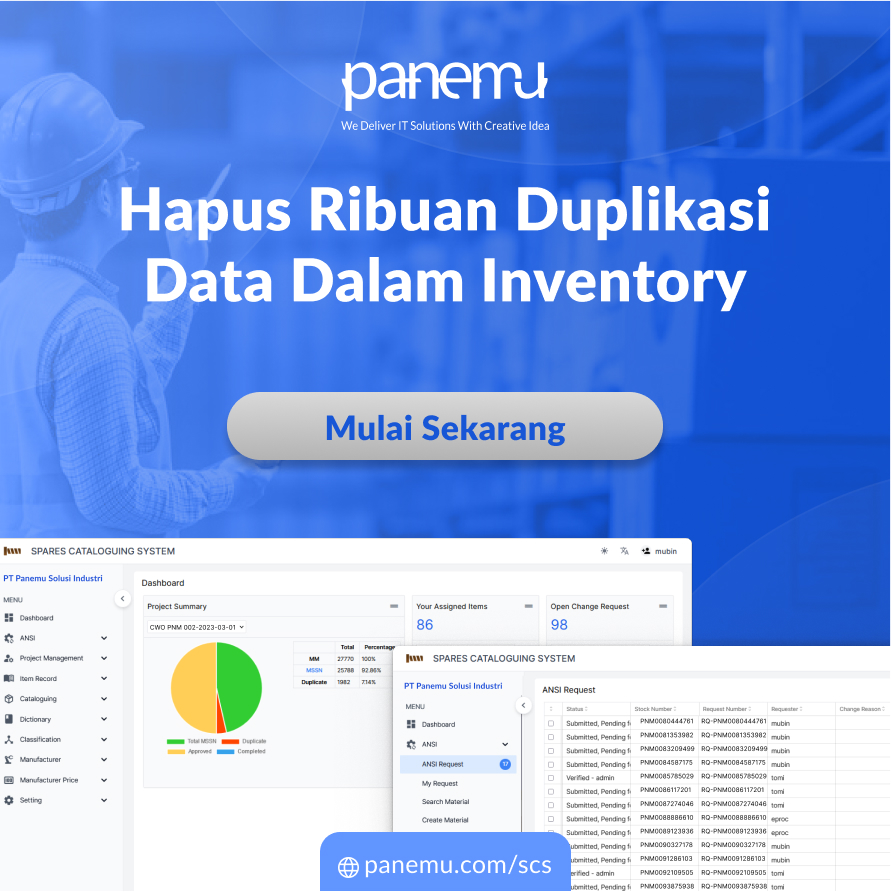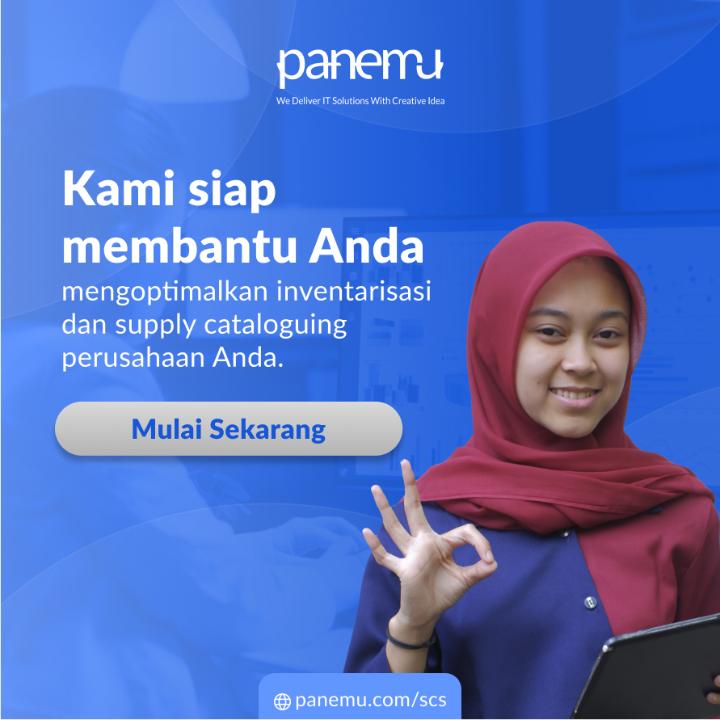Introduction: Why Material Data Enrichment Matters
In the world of Maintenance, Repair, and Operations (MRO), the quality of your material catalog data determines the efficiency of nearly every operational process—from procurement to inventory control, maintenance, and asset lifecycle management.
Yet many organizations still rely on sparse, inconsistent, or ambiguous material descriptions—often limited to free-text entries or internal codes. The result? Duplicate items, incorrect purchases, excess stock, and operational delays.
Material data enrichment solves this challenge by adding depth and structure to catalog records through the inclusion of technical specifications, images, attributes, manufacturer data, and classification codes.
This article explores the concept of material data enrichment, why it is essential in the digital enterprise era, and how organizations can implement it to increase accuracy, usability, and business value.
What Is Material Data Enrichment?
Material data enrichment is the process of enhancing basic catalog entries by adding structured, relevant, and value-driving information.
A typical unstructured catalog entry might look like this:
"Valve 2in SS"
After enrichment, it could be transformed into:
- Material Name: Ball Valve
- Size: 2 inch
- Material: Stainless Steel (316)
- End Connection: Flanged
- Pressure Rating: PN16
- Standard: ANSI B16.5
- Manufacturer: XYZ Corp
- Image: [included]
- UNSPSC Code: 40141607
This level of detail removes ambiguity, ensures accurate ordering, and supports automated processing in ERP systems.
Why Is Material Data Enrichment Crucial?
1. Reduces Ambiguity and Human Error
Sparse descriptions lead to misinterpretations. Enriched data ensures that users clearly understand what each item is—especially when similar materials exist.
2. Enables Advanced Search and Filtering
With structured attributes like size, voltage, or material grade, users can filter and locate items efficiently within the ERP or catalog interface.
3. Supports Better Decision-Making
Detailed item data allows procurement teams to compare items, evaluate alternatives, and negotiate with suppliers based on standardized specs.
4. Prevents Duplicate Entries
Enriched records with complete attributes are easier to match against existing materials, reducing the creation of redundant items in the system.
5. Improves Integration with External Standards
Codes like UNSPSC, eCl@ss, and OEM part numbers improve compatibility with global supplier databases and electronic procurement platforms.
Key Elements in Material Data Enrichment
Material enrichment goes beyond adding “more data.” It focuses on adding the right data that improves usability and accuracy. Key enrichment fields include:
Element | Purpose |
Technical Specifications | Define the functional characteristics of the item |
Images & Diagrams | Visual identification, critical for on-site technicians |
Manufacturer Details | Includes OEM name, brand, part number, and series info |
Classification Codes | Standard codes for interoperability (e.g., UNSPSC, NATO) |
Critical Attributes | Key differentiators (e.g., material type, pressure rating) |
Hazard/Compliance Info | Safety data sheets, RoHS/WEEE compliance, MSDS if relevant |
Example: Before and After Enrichment
❌ Before Enrichment:
- Item Name: Pump
- Description: Pump 5HP
✅ After Enrichment:
- Item Name: Centrifugal Pump
- Description: End-suction horizontal centrifugal pump, 5HP
- Flow Rate: 25 m³/h
- Head: 30 meters
- Material: Cast Iron
- Connection: Flanged 4"
- Brand: Grundfos
- Model: CM5-5 A-R-I-E-AQQE
- Image: [attached]
- UNSPSC: 40151503
Business Impact of High-Quality Material Data
Impact Area | Benefits of Enriched Material Data |
Procurement | Accurate specs reduce incorrect purchases and returns |
Inventory Management | Lower duplicate inventory, accurate stock planning |
Maintenance Operations | Quick identification speeds up repair times and reduces downtime |
Data Governance | Enables central control over naming conventions and structures |
Digital Transformation | Supports AI, analytics, and automation through structured data |
According to an Aberdeen Group report, companies with clean and enriched master data experience up to 30% fewer procurement errors and 20–25% inventory cost savings.
How to Implement Material Data Enrichment
Step 1: Conduct a Material Data Audit
Start by analyzing your current catalog. How many materials are incomplete, duplicated, or misclassified?
Step 2: Define the Enrichment Model
Determine which attributes are needed per material class. For example:
- Bearings: Type, ID/OD, material, seal type
- Valves: Type, size, pressure class, end connection, body material
Step 3: Use Standard Templates
Apply industry standards like eCl@ss or ISO 8000 to guide your attribute structure.
Step 4: Automate Where Possible
Use data tools or AI-powered solutions to extract specs from OEM datasheets or PDFs.
Step 5: Verify with Subject Matter Experts
Technicians and engineers should review enriched data to ensure technical accuracy.
Step 6: Update the ERP or MDM System
Once validated, upload enriched records into your ERP catalog to activate immediate use.
Human-Centered Enrichment: Making Data Useful, Not Just Complete
Remember, enrichment is not about flooding the database with unnecessary fields. It's about providing relevant, actionable information for the end-user.
- Mechanics need specs for part identification
- Buyers need OEM and commercial equivalents
- Warehouse staff need visual recognition and dimensional info
Well-enriched data improves the user experience for all.
Panemu’s Approach to Material Data Enrichment
At Panemu, we specialize in elevating catalog quality through a structured and scalable enrichment process:
- Data Standardization: Clean up inconsistent naming and units
- Attribute Mapping: Define attribute sets per material group
- Data Sourcing: Extract info from OEM catalogs, datasheets, and supplier systems
- Image Curation: Match visual data for better usability
- System Integration: Ensure seamless update to your ERP or EAM system
Whether you're starting from raw data or refining an existing catalog, our team ensures accuracy, usability, and long-term maintainability.
Conclusion: Enriched Data Drives Smarter Operations
Material data enrichment is more than a clean-up task—it is an investment in operational excellence. By enriching catalog records with meaningful specifications, companies:
- Reduce costs
- Improve efficiency
- Enable better decisions
- Enhance digital readiness
“You can’t manage what you can’t identify—and you can’t identify what you can’t describe accurately.”
Enrichment enables that description. And in today’s digital supply chain, that’s the starting point for smarter business.
Let’s Enrich Your Catalog, Together
Need to improve your catalog data quality? Contact Panemu for a data enrichment consultation and discover how structured material information can transform your operations.


